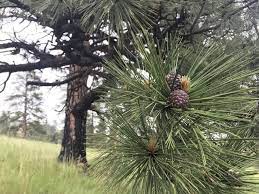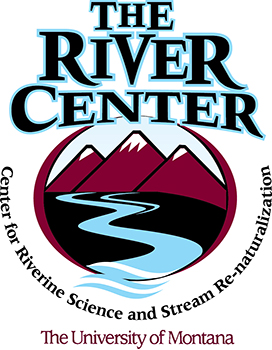
Communicating the Benefits of an Urban Forest

I Speak for the Trees: Recording and Communicating the Benefits of an Urban Forest
by Robin Rank
Misosula's urban forest is a valuable asset that provides economic value to the city and improves the lives of its citizens. Our trees improve water and air quality, reduce energy and water consumption, and improve the city's aesthetic landscape and quality of life. In public surveys, Missoula citizens show that they appreciate these benefits and are supportive of efforts to maintain a healthy urban forest. In 2015, the city of Missoula completed an Urban Forest Management Plan that elaborates the benefits of our urban forest and lays out a framework for the maintenance and development of this valuable resource in the years ahead.
The guiding principles laid out in 2015 aim to make Missoula's forest more resilient in many ways. First, the urban forest should contain adequate diversity so that it will not be easily decimated by disease or pests. Second, trees must be selected in consideration with the climate and cultural requirements of Missoula. In addition, trees must thrive and grow to maturity, and new trees should be sustainably planted and long-lived. These trees must also be planted to ensure that they do not consume scarce resources (e.g. water) inefficiently. To further lower resource use and disease and pest risk, as well as ensure the safety of Missoula's citizens and infrastructure, the urban forest must be well maintained. Lastly, citizens should be well informed of the benefits and costs of a well-maintained, safe urban forest to ensure public buy-in and community health.
An accurate accounting of our current urban forest is a necessary first step to achieving these management goals. The health of our public trees must be assessed to make appropriate maintenance plans. Managers also need to know the current diversity, economic value, and environmental benefits of public trees to plan appropriate future plantings. To meet this need, a citywide tree resource assessment was completed at the end of 2014. However, Missoula's urban forest has grown with the city's footprint since then, necessitating an updated inventory of public trees.
My internship duties were to assess the status of the Grant Creek neighborhood's urban forest and its current economic and environmental value to aid the Missoula Parks and Recreation Department in implementing the framework laid out in the 2015 Urban Forest Management Plan. I conducted a survey of Grant Creek trees, made that data publicly available through the Missoula Treekeeper portal, and used the forest benefit analysis system iLand to write a report on the current environmental and economic value of these new additions to Missoula’s urban forest. The most fun part of this internship was talking with Grant Creek residents as I was conducting this survey, answering questions and telling them all about their urban forest.

